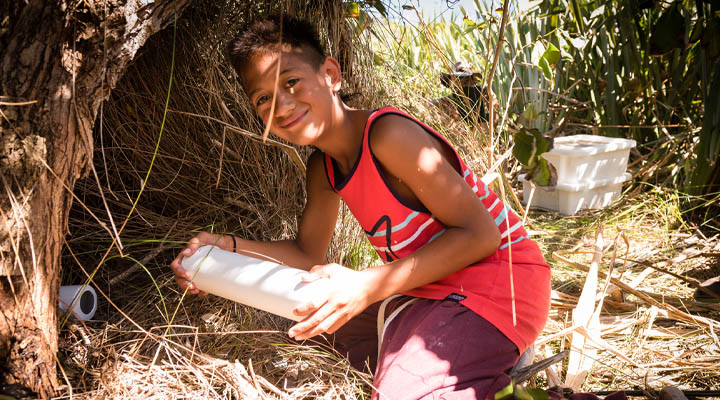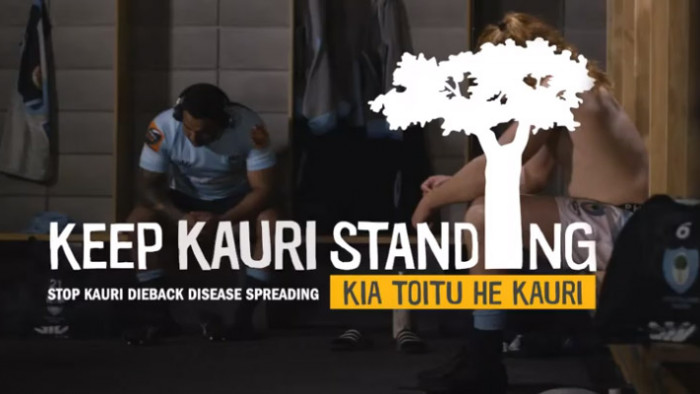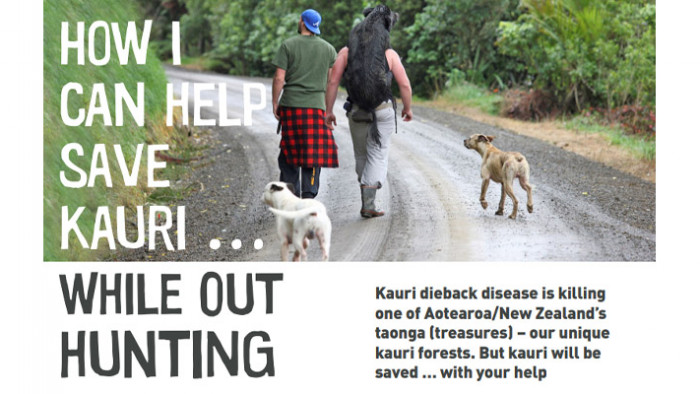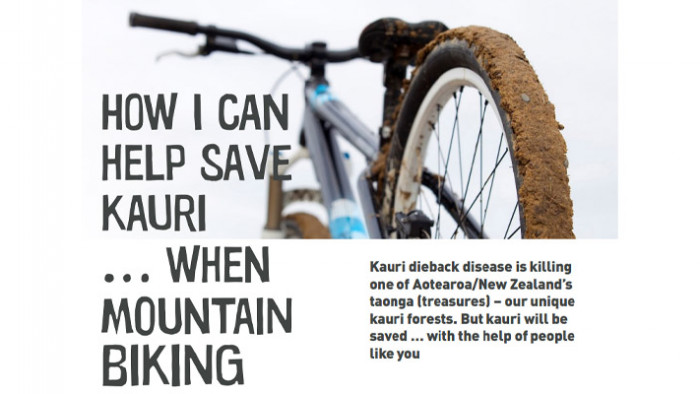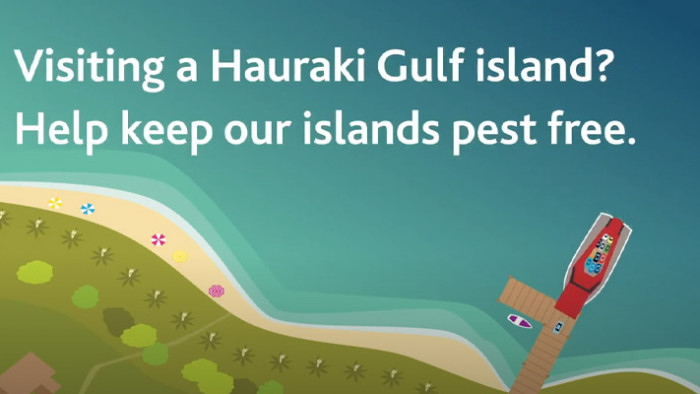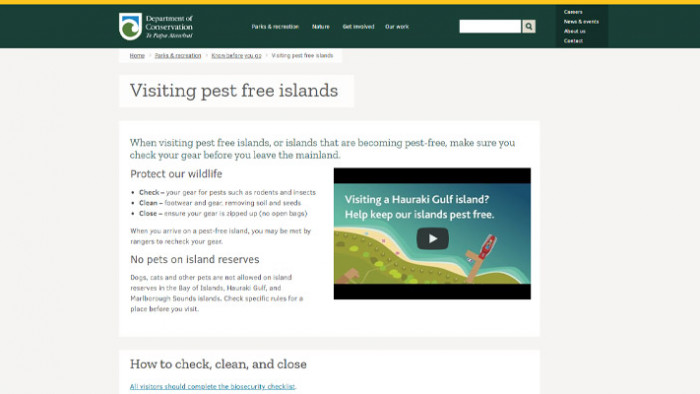Walking, camping and biking
Protect our bush and forests from pests and diseases
As Kiwis, we love to get out and explore our great outdoors. Whether it's walking, hiking, camping, running or mountain biking (MTB), we enjoy getting out into the bush—and relaxing in the remoteness of it all.
From mountain tops to wetlands, our stunning landscapes are our natural playgrounds. Our ngahere (bush) is also home to our native birds, bugs and trees. But all this is at risk from pests and diseases.
Biosecurity protects our favourite tracks and trails by defending them from pests and diseases. We can all help to protect our playground, our whenua and the native birds and trees that call it home.
How we can help
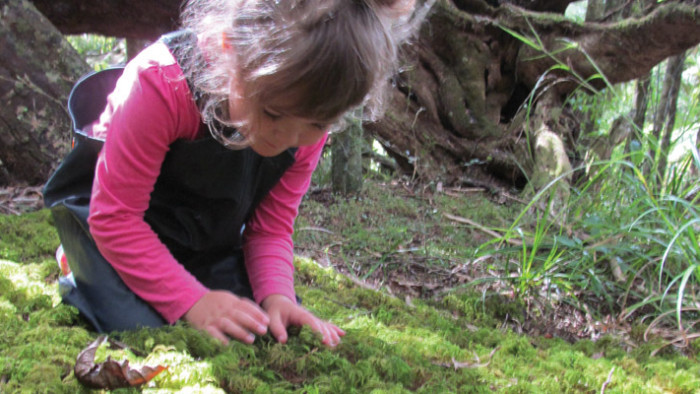
Being aware of pests and diseases
Keep watch and report any potential biosecurity threats
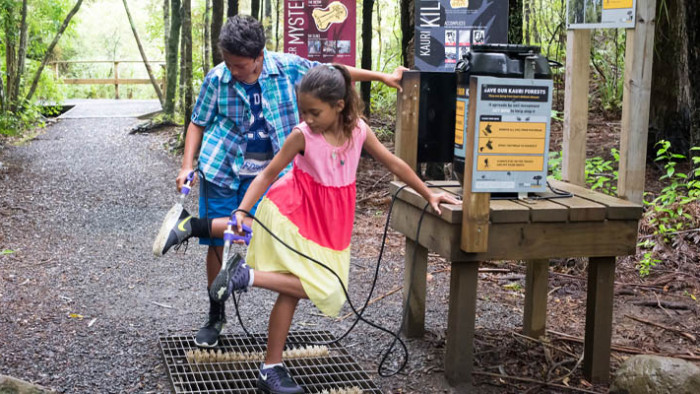
Cleaning our footwear and other gear
Before we enter and as we leave the bush to prevent the spread pests and diseases
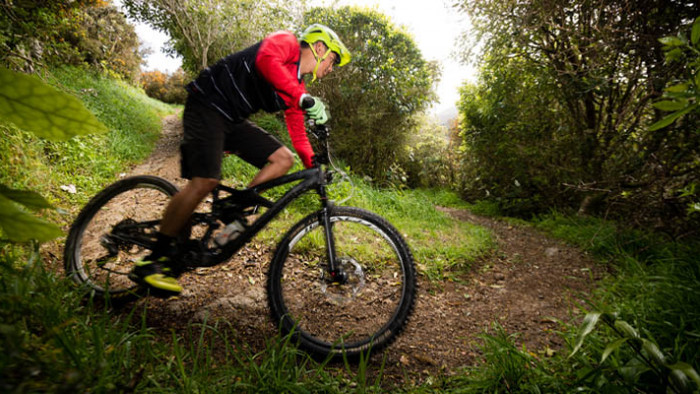
Check, clean and dry our bikes
Especially if we're riding through fresh waterways
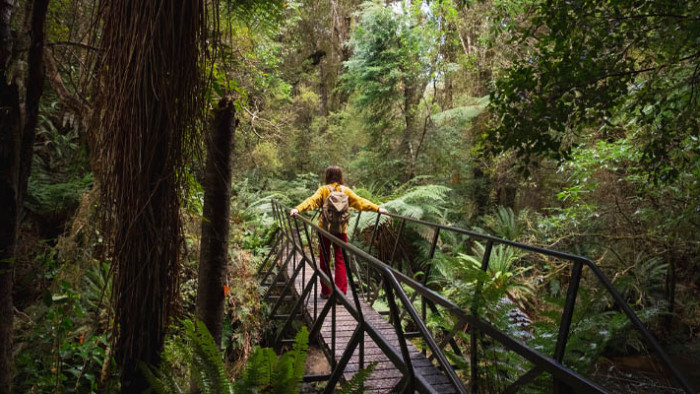
Staying on tracks and boardwalks
Keeping off kauri roots
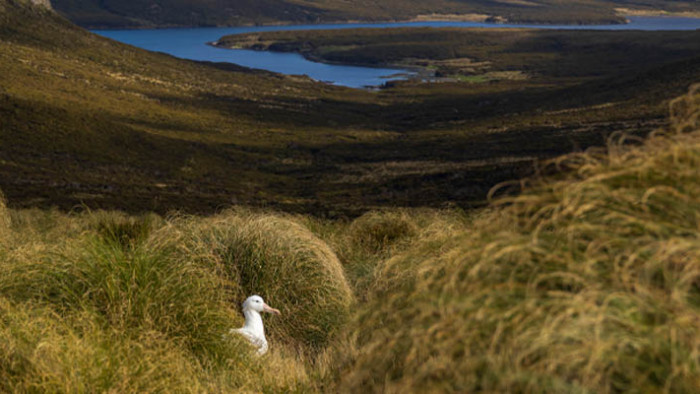
Taking extra care when visiting pest free islands
Making sure we're not bringing any unwanted visitors with us
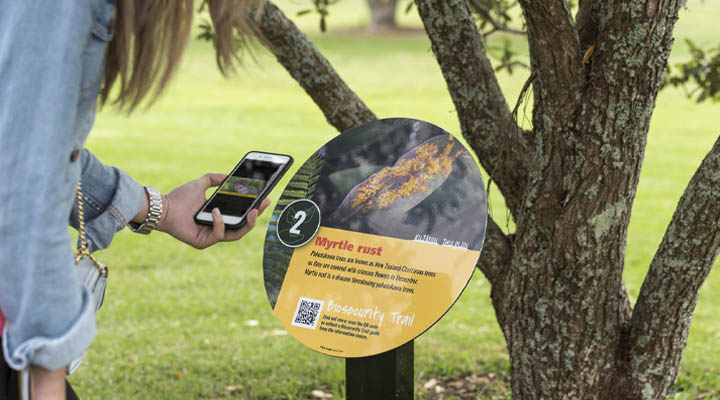
Unfortunately, some pests and diseases are already threatening our taonga, our native species. But we can all help to manage them and prevent new pests and diseases from entering New Zealand. We can help make sure our unaffected bush and forests stay that way.
Diseases, such as kauri dieback and myrtle rust, could put our native trees at risk of extinction. There are some tracks currently closed to help prevent the spread of kauri dieback. Myrtle rust can affect native trees including pōhutukawa, rātā, mānuka and kānuka. Our trees are part of the mauri essence of our unique ecosystem.
Plant and animal pests
Animal pests can damage our native plants and prey on our native birds, lizards, bats and insects. They may also carry and spread diseases. Rats, stoats and possums are common animal pests we may see in the bush and also in our backyards.
Invasive weeds, such as wilding pines, can change our unique landscapes and ecosystems.
Freshwater pests, such as didymo and koi carp, can impact our native species, drinking water and commercial fisheries.
Getting out in nature is fun and healthy, but our activities can increase the risk of spreading these pests and diseases. Being aware and taking some steps to prevent the spread is up to all of us.
Getting to know biosecurity in your region
Every region in New Zealand has its own unique and special environment. Wherever you call home, you can protect it by being aware of the biosecurity risks around you. We all have a part to play.
Find out more about biosecurity controls, programmes and local groups you can support in your area.
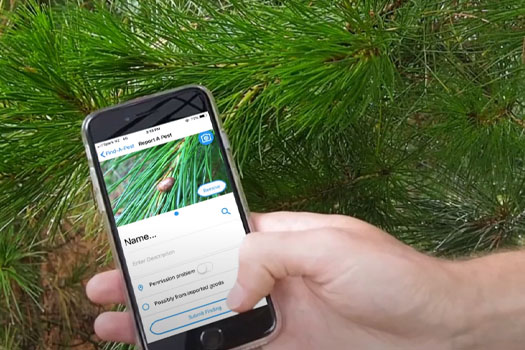
Being on the lookout for pests and diseases
We can help protect our epic whenua by identifying and reporting pests and diseases.
Our eyes and ears can provide early warnings to help quickly stop pests before they have a chance to spread. Our monitoring can also help scientists better understand pests and diseases.
If you think you've found something unusual, quickly take a photo (or sample if appropriate), take a note of its location, and contact the Biosecurity New Zealand pest and diseases hotline on 0800 80 99 66.
Kiwis report about 10,000 suspected pests and diseases to the Ministry for Primary Industries every year.
There are also apps like iNaturalist and Find-A-Pest to easily identify and report suspected pests. Explore resources about identifying and reporting pests and diseases below.
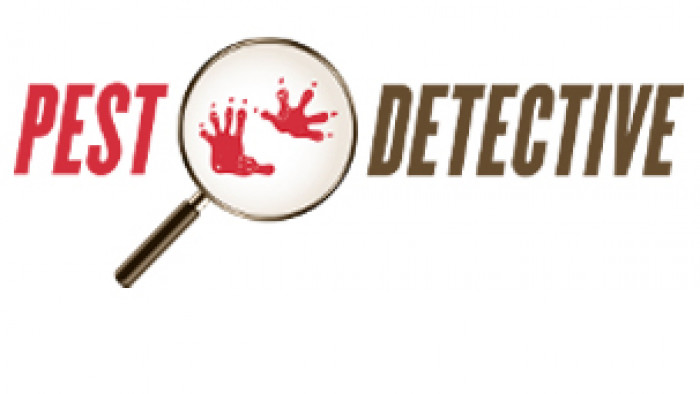
Resource
Pest Detective
Online tool to help New Zealanders identify the presence of vertebrate pest animals
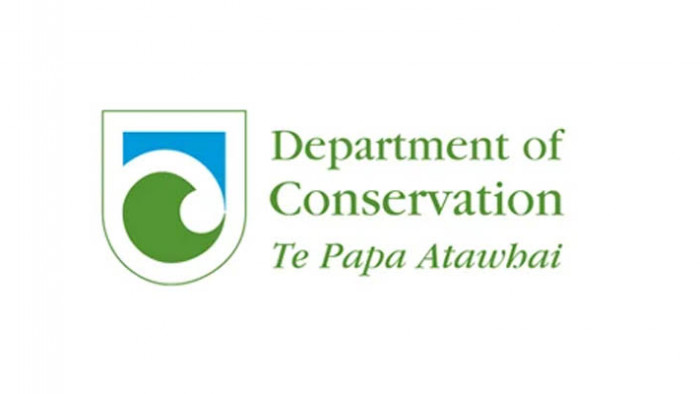
Resource
Pests and threats - DOC
Additional pests and threats information from the Department of Conservation
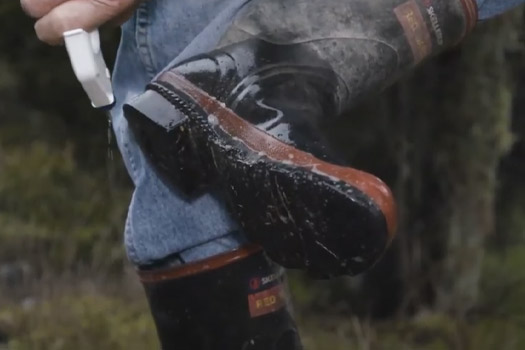
Cleaning your footwear, gear and camping equipment
Our bush and forests are awesome playgrounds. But to keep them that way, we need to clean our footwear and gear before and after we visit. We may transport pests and diseases on dirty shoes and equipment. All it takes is a microscopic spore to spread diseases like kauri dieback.
We can help save kauri by making sure we're not taking dirty soil with us as we move between areas. Some parks have cleaning stations to make this a breeze.
If our footwear and gear has been in contact with water, they may also spread freshwater pests. Some can be spread with just a droplet of water.
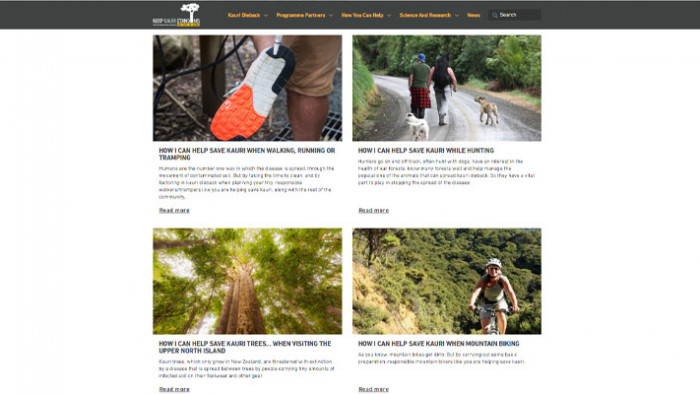
Resource
How we can help save kauri guides
Best practice guidelines for all types of activities to help save kauri
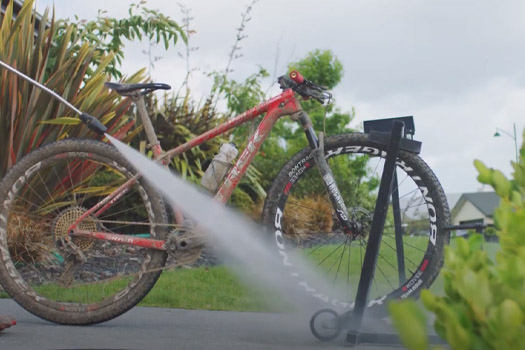
Clean bikes to protect our epic trails
A dirty bike can spread both land-based and freshwater pests and diseases. When our rides cross waterways, we can spread freshwater diseases such as didymo.
Before and after every ride, we should remove all soil off our tyres, frame, forks, clothing and footwear. If our ride has crossed waterways, we can use the Check, Clean, Dry method on our bikes.
Make this effortless by keeping a cleaning kit handy. A clean bike also looks better and lasts longer. If we clean our bikes straight away, fresh mud is also easier to remove.
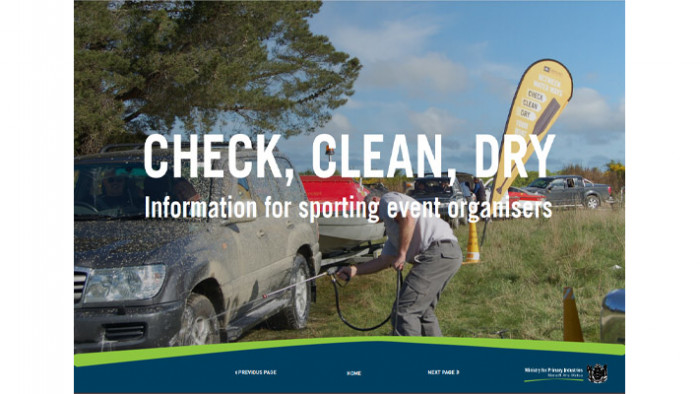
Resource
Biosecurity for event organisers - Biosecurity NZ
Detailed biosecurity guidelines for outdoor sporting event organisers
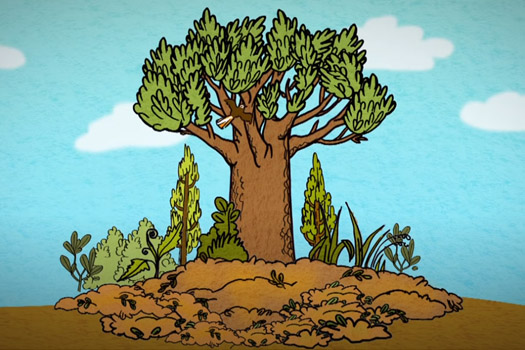
Staying on tracks can help save kauri
We can help protect our majestic kauri by staying off their roots. Staying on tracks and boardwalks will make sure we do that. Kauri roots are very delicate and can grow outwards three times further than its branches.
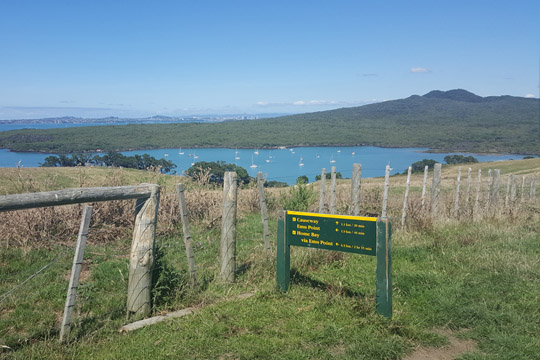
Taking extra care when visiting pest free islands and sanctuaries
When we're visiting pest free (and almost pest free) islands, we should make sure that we're not bringing any unwanted visitors with us. Pests, including rodents, skinks, insects and seeds could be hiding in our gear or in our food bags.
We can protect these special areas by checking and cleaning our gear before we leave the mainland. When we arrive, a ranger may recheck our gear.
We also need to leave our dogs, cats and other pets at home. No matter how well-trained they are, they could still be a risk to our most vulnerable native species.
This is also important when visiting fenced sanctuaries on the mainland, such as Zealandia, Orokonui, or Sanctuary Mountain Maungatautari.

Resource
Visiting pest-free islands - DOC
Department of Conservation guidelines for visiting New Zealand's pest free Islands
News and stories
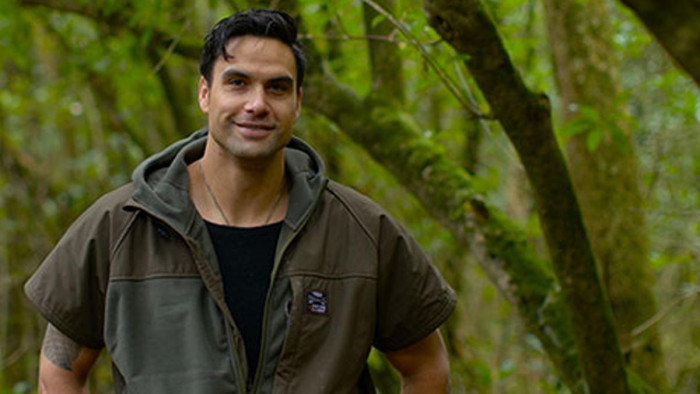
Story
Thomas (Tame) Malcolm - Biosecurity is in his nature
From culling wild goats to decimating invasive river weed, one Kiwi is combining his passion for the land with hard graft and te ao Māori.
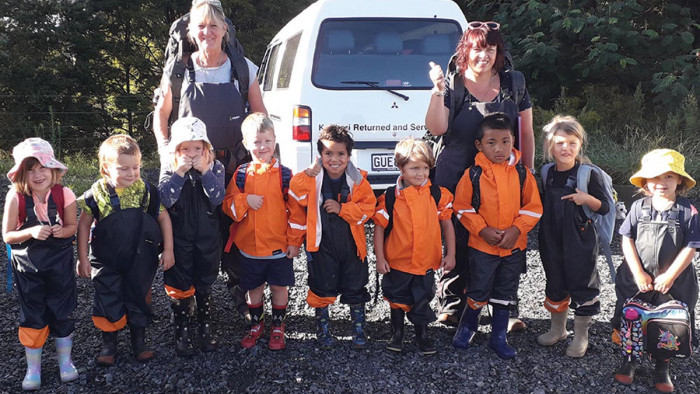
Story
Giving tamariki the space to “fall in love” with nature
Kerikeri Kindergarten's award winning ngahere programme, based on a native bush block, is teaching children the importance of kaitiakitanga.
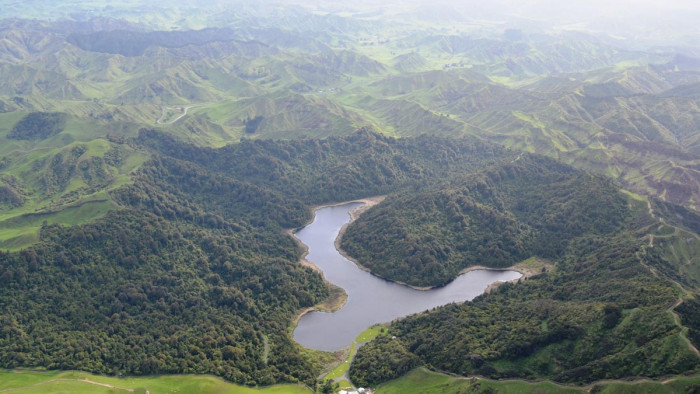
Story
Inspiring a region - the Rotokare Scenic Reserve Trust
A community led award-winning success story.
More ways you can help
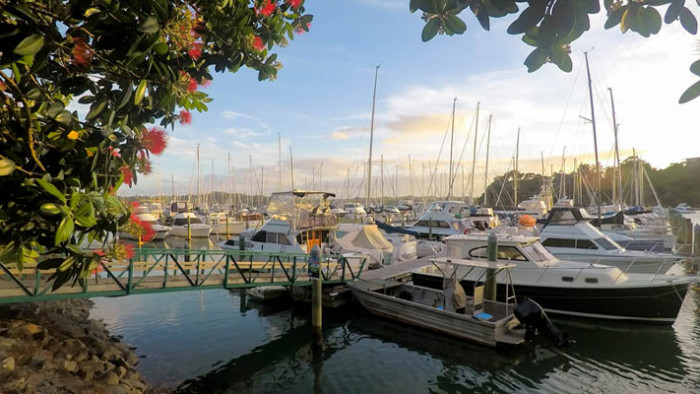
Biosecurity for boating and water activities
How we can protect our rivers, lakes and seas from pests and diseases when in or around water.
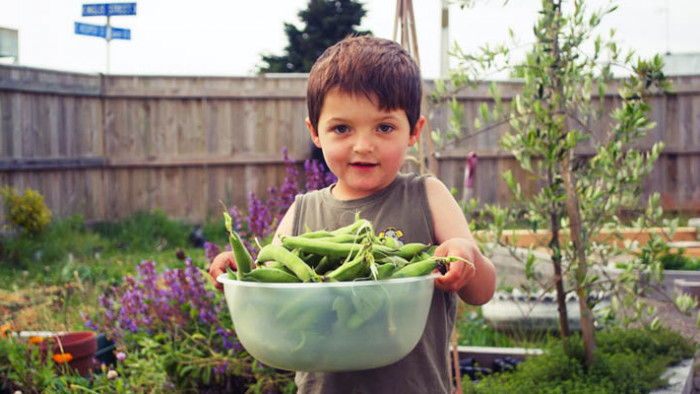
Biosecurity at home
What we can do at home to protect our community and way of life from pests and diseases.
